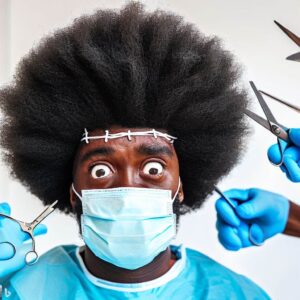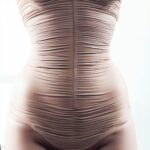
Scar Treatment Essentials in Plastic Surgery
Scars occur due to the body’s attempt to heal wounds, surgery marks or diseases inflicted upon the skin. Some scars may fade depending on the severity and size, but they are permanent and are affected by multiple factors like health conditions, age, heredity…etc.
Methods usually include ointment treatments, petroleum jelly in order to moisturise the skin efficiently, and avoiding bad habits regarding your scabs or over sun exposure to the scars.
Regardless of any kind of precaution, a high majority of the time, the scar remains permanently unless medically interfered with, since the nature of a scar is unpredictable in severity and formation.
The methods include Topical, Injection, Surface and finally Surgical; each treatment in order are the steps depending on the severity of the scar.
Topical Treatment
Topical treatments are usually used before moving on to more invasive methods. Among them we find creams containing corticosteroids, antihistamines or even anaesthetic ointments.
These will help with the healing and maturation of wounds by considerably reducing the itching and discomfort they cause. However, most of the time, creams containing corticosteroids are only available by prescription and are prescribed when the scars are still pink and in the healing stage.
This will therefore inhibit the excessive formation of the latter. Silicone has also been used for decades in the treatment of scars from surgeries, burns and other skin lesions requiring clinical treatment.
The silicone comes in the form of a sheet that covers the wound and therefore seals it.
Thus allowing to keep the scar hydrated. In order to make this process optimal, the silicone sheet must be worn at least 12 hours a day for weeks or even months according to the doctor’s recommendations.
Recently, a topical gel containing silicone has been developed which is applied without the help of a doctor and dries relatively quickly (4-5 minutes) to form a thin layer of protection.
This kind of gel has proven its effectiveness, its practicality, but also its value for money. They can also be found in most pharmacies.
Treatment in the Form of Injections
Corticosteroid injections are usually used to treat so-called raised, thick, or red scars.
More severe forms are classified as so-called keloid or hypertrophic scars.
Multiple injections are made into the scar tissue to reduce local inflammation, itching and pain.
Depending on the type of scar and the response to steroid injections, these injections may take place every 4 to 6 weeks for several months.
But, injections are also used for “depressed” scars. Collagen and synthetic agents injected into or under the scar tissue will produce immediate results.
This procedure is mainly used for cosmetic reasons since like all filler injections, these are not permanent. The procedure can therefore be repeated every year if the patient wishes.
Surface Treatment
Surface treatment Skin resurfacing removes the top layer of damaged skin so that a new, smoother layer of skin is formed. This helps to improve any irregularities or uneven discoloration of the skin’s surface, making scars less noticeable. Dermabrasion, on the other hand, uses a fast-rotating machine to manually remove the outer layer of skin.
This technique is commonly used to minimise skin lines, acne scars, age spots or sun damage.
A topical numbing cream may be applied before the procedure, in an attempt to make the procedure less painful. Skin may be tender and blemished for several weeks after dermabrasion before returning to normal.
Surface layers of skin can also be removed with chemical peels. There are a multitude of chemical solutions ranging from the lightest to the most intense depending on the degree of the acids used, offering more impressive results but also a longer recovery time.
These treatments can be used to treat the face of acne scars, sun damage, wrinkles or even melasma. In some cases, it also helps prevent and control acne. Tingling and burning may be felt during the procedure.
After this, it is important to moisturise your skin well, and wear sunscreen during the following weeks. Laser pulse therapy is also a possible solution. By emitting beams of light concentrated on the irregularities of the skin, this will make it possible to precisely eliminate the layers of skin.
The skin will therefore be flattened and softened at the level of the scars. There will be an improvement in the discoloration of the skin, thus giving a firmer and more youthful appearance. The precision of the laser makes the procedure very effective for small facial and acne scars, although full face treatments exist with a different laser setting and are frequently performed.
Finally, other surface treatments include vascular laser treatment and skin whitening. These treatments serve to reduce the redness of scars with blood vessels.
Skin whitening involves the use of topical creams that will lighten the skin.








